Pennywort plants have transitioned from their humble origins into a beloved feature of modern indoor gardening. Initially cherished for their aesthetic and medicinal qualities, these plants now star in a plethora of indoor plant arrangements. Once limited to quaint herbal collections, pennywort indoor ideas now flourish, catering to diverse tastes and spaces. Bringing this versatile plant into your home not only adds a touch of greenery but also introduces an air of tranquility. Despite any assumptions of complexity, integrating pennywort into your indoor garden is as straightforward as it is rewarding. Elevate your home decor with the following pennywort plant ideas, and craft your own verdant oasis.
Pennywort plant in a decorative pot. Placing this vibrant plant on a windowsill can enhance natural light and create a refreshing indoor atmosphere. Source
Pennywort plant arrangement in an indoor aquascape. This can enhance the natural beauty of the space while maintaining humidity and providing a focal point. Source
Pennywort plant arrangement. Creating a vibrant indoor display with pennywort can add a refreshing touch to your space, enhancing overall ambiance and purifying the air. Source
Decorative planters featuring pennywort plant. These whimsical pots enhance indoor aesthetics while promoting natural growth in a charming way. Source
Pennywort bonsai display. Incorporate this unique plant style for indoor decor to enhance aesthetic appeal and bring a touch of nature indoors. Source
Decorative pug-shaped pot with pennywort plant. This unique planter adds a whimsical touch to indoor spaces while beautifully showcasing the plant's lush greenery. Source
Terrarium with pennywort plant. Using a terrarium enhances humidity and creates a miniature ecosystem, perfect for showcasing your pennywort. Source
Sunlight requirements
Indoor plants usually crave bright, indirect sunlight. Some like it a bit shadier, while others thrive in a sun-soaked window. Always check the specific needs of your plant to keep it happy and healthy!
Pot selection
Choosing the right pot for your indoor plant is super important for its health! Look for something with drainage holes to prevent waterlogging, and ensure it's not too big or too small relative to your plant size. Don't forget about aesthetics--pick a pot that fits your style and complements your space!
Soil type
Choosing the right soil type is crucial for indoor plants to thrive. A well-draining mix, like potting soil combined with perlite or coconut coir, helps prevent root rot. Avoid using garden soil since it can be too compact and may not have the proper nutrients for your indoor buddies.
Watering schedule
Indoor plants generally need watering every 1-2 weeks, depending on their type and environment. Check the soil moisture; if it feels dry an inch deep, it's time to water. Overwatering is a common mistake, so always make sure the pot has drainage to avoid root rot.
Humidity levels
Indoor plants thrive when humidity levels are just right, usually between 40% and 60%. Low humidity can cause leaves to brown and drop, while too much can lead to mold growth. Keeping a humidifier nearby or misting plants regularly can help create a happy environment for those green buddies.
Fertilizing routine
Fertilizing indoor plants regularly keeps them healthy and thriving. Most houseplants benefit from a balanced liquid fertilizer every four to six weeks during the growing season. Just remember to follow package instructions and avoid over-fertilizing; less is often more when it comes to feeding your green buddies!
Pruning techniques
Pruning indoor plants is key for keeping them healthy and looking good. Use clean, sharp scissors to snip away any dead or yellowing leaves, which helps the plant focus its energy on new growth. Don't be afraid to trim back leggy stems to encourage bushier growth; just make sure to do it during the active growing season for best results.
Pennywort, known for its vibrant green, coin-shaped leaves, is a versatile indoor plant that can add a touch of tranquility to any home. One popular idea for incorporating pennywort indoors is to use it as a trailing plant in hanging baskets or wall planters, where its cascading growth can create a lush, natural ambiance. Another creative approach is planting it in hydroponic setups or glass terrariums, allowing its unique root structure to be visible, adding an intriguing element of botanical art to indoor spaces.

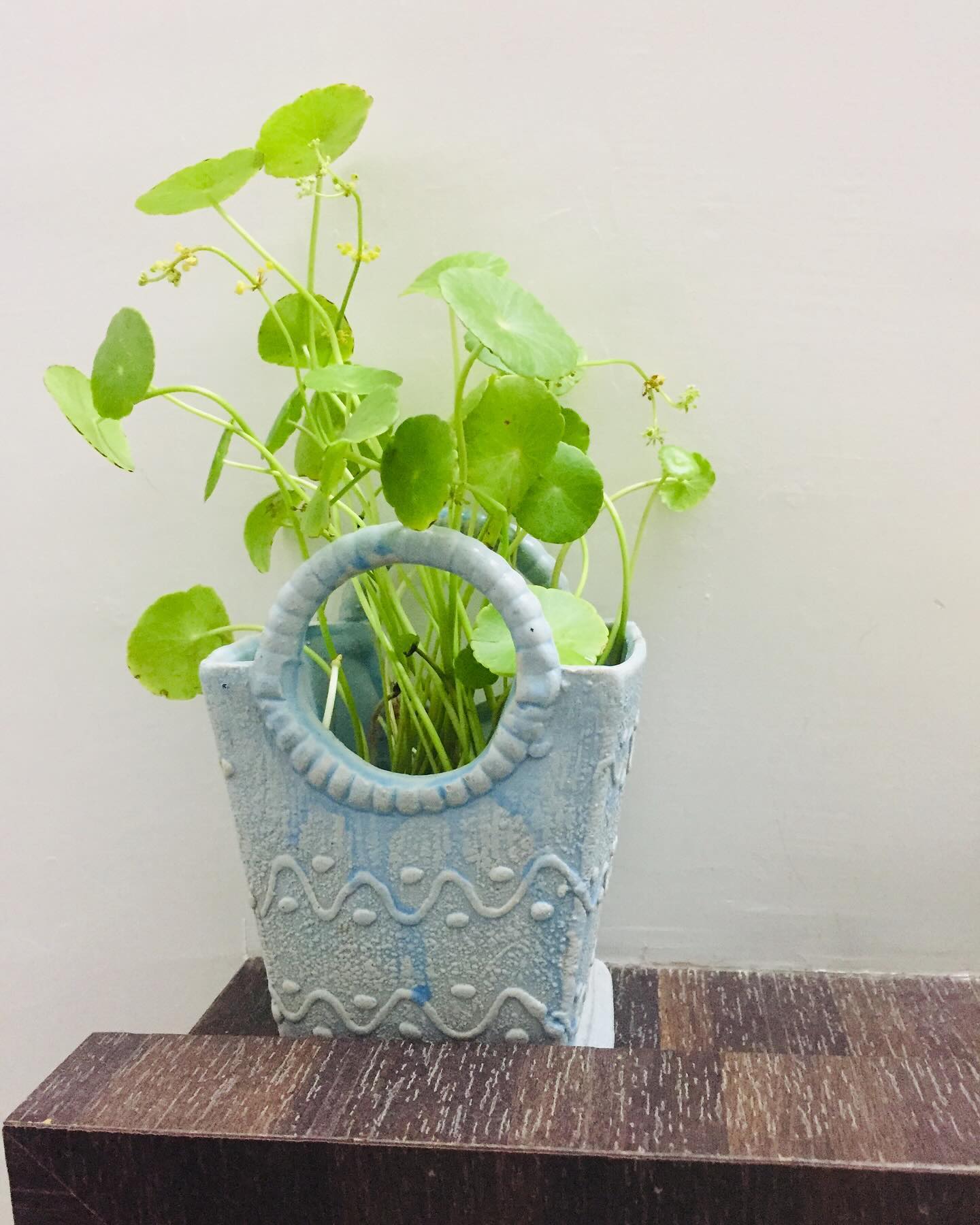
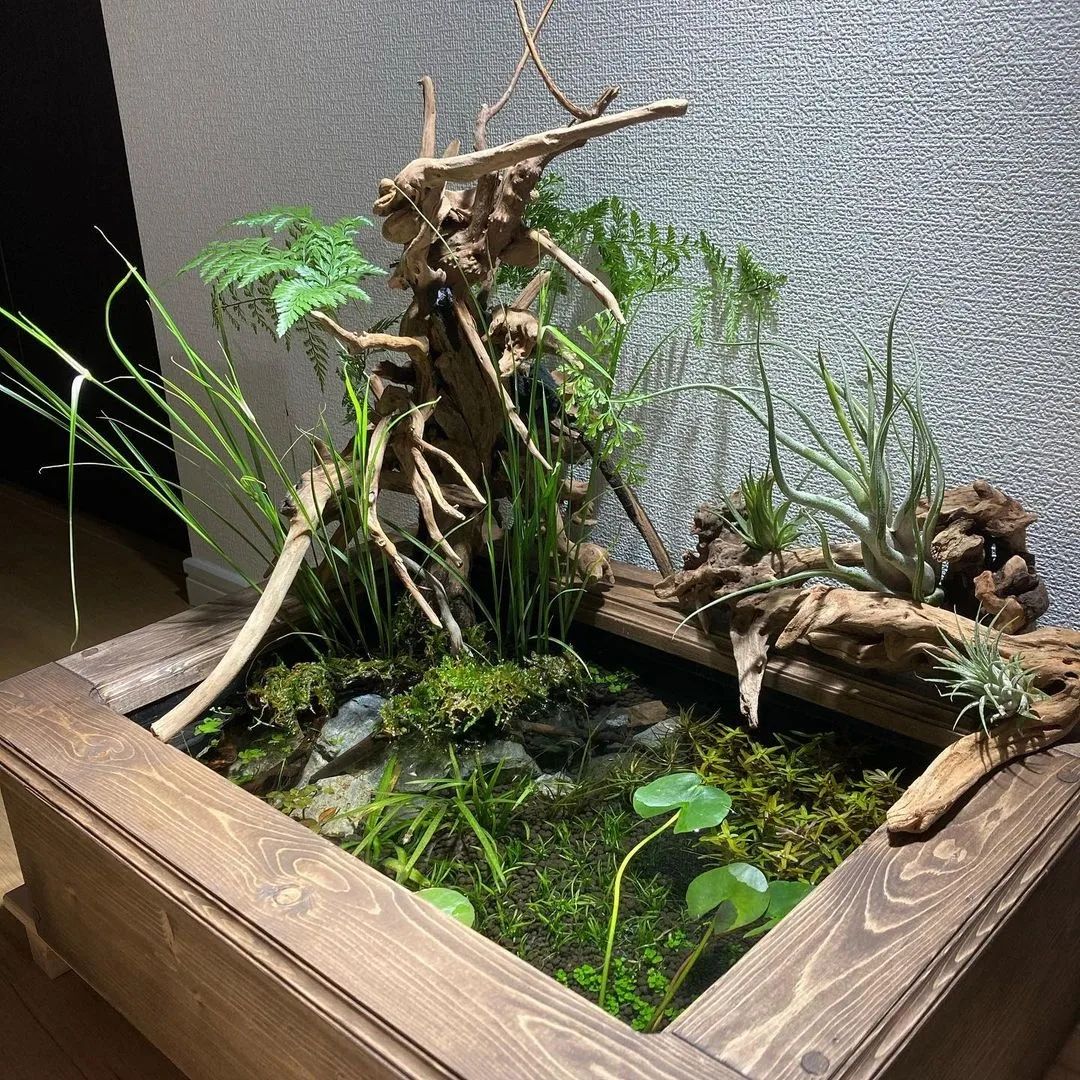
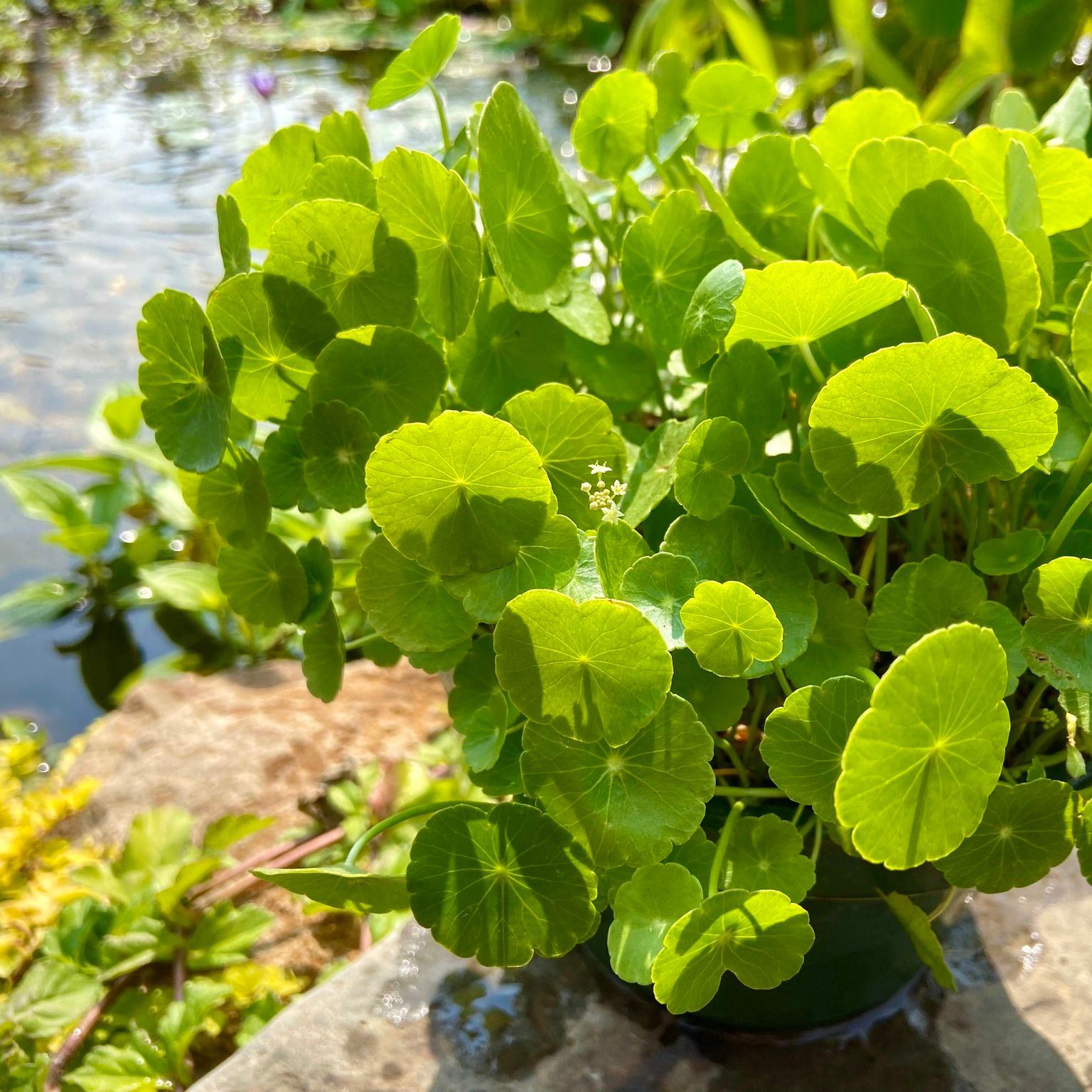
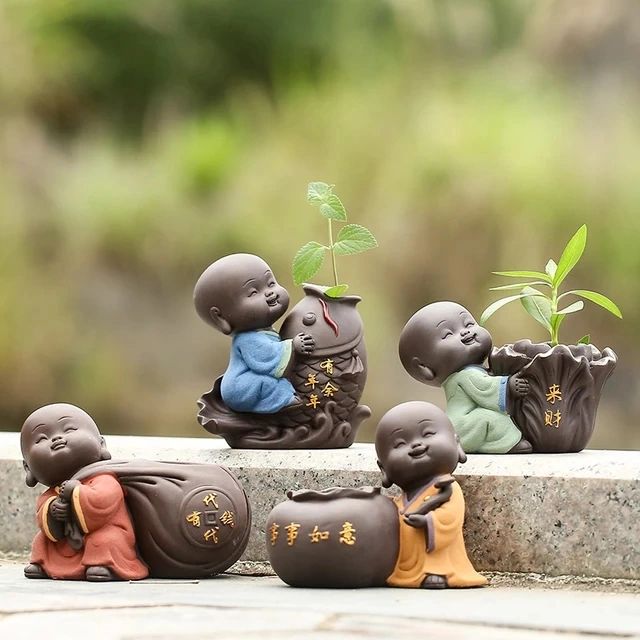
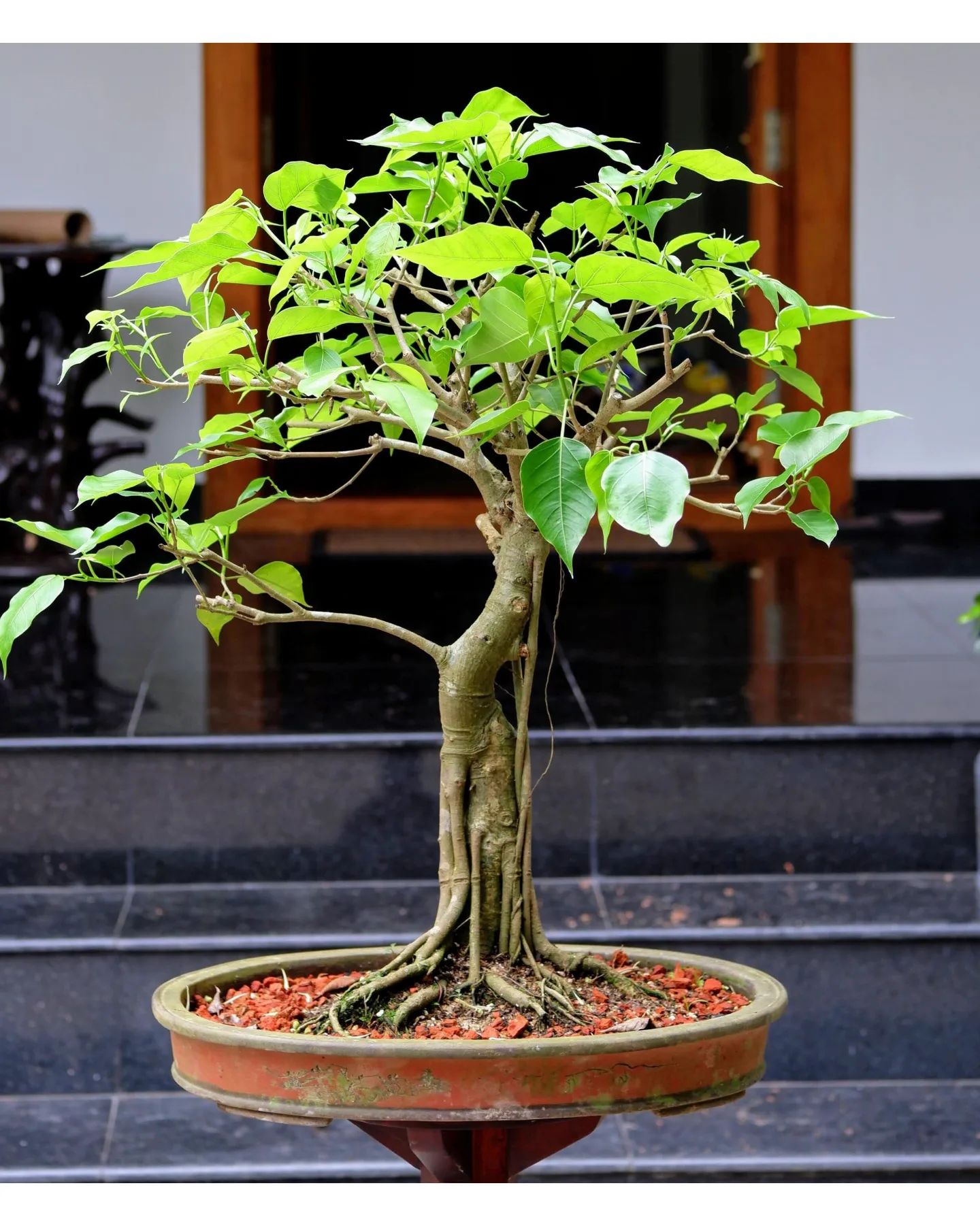
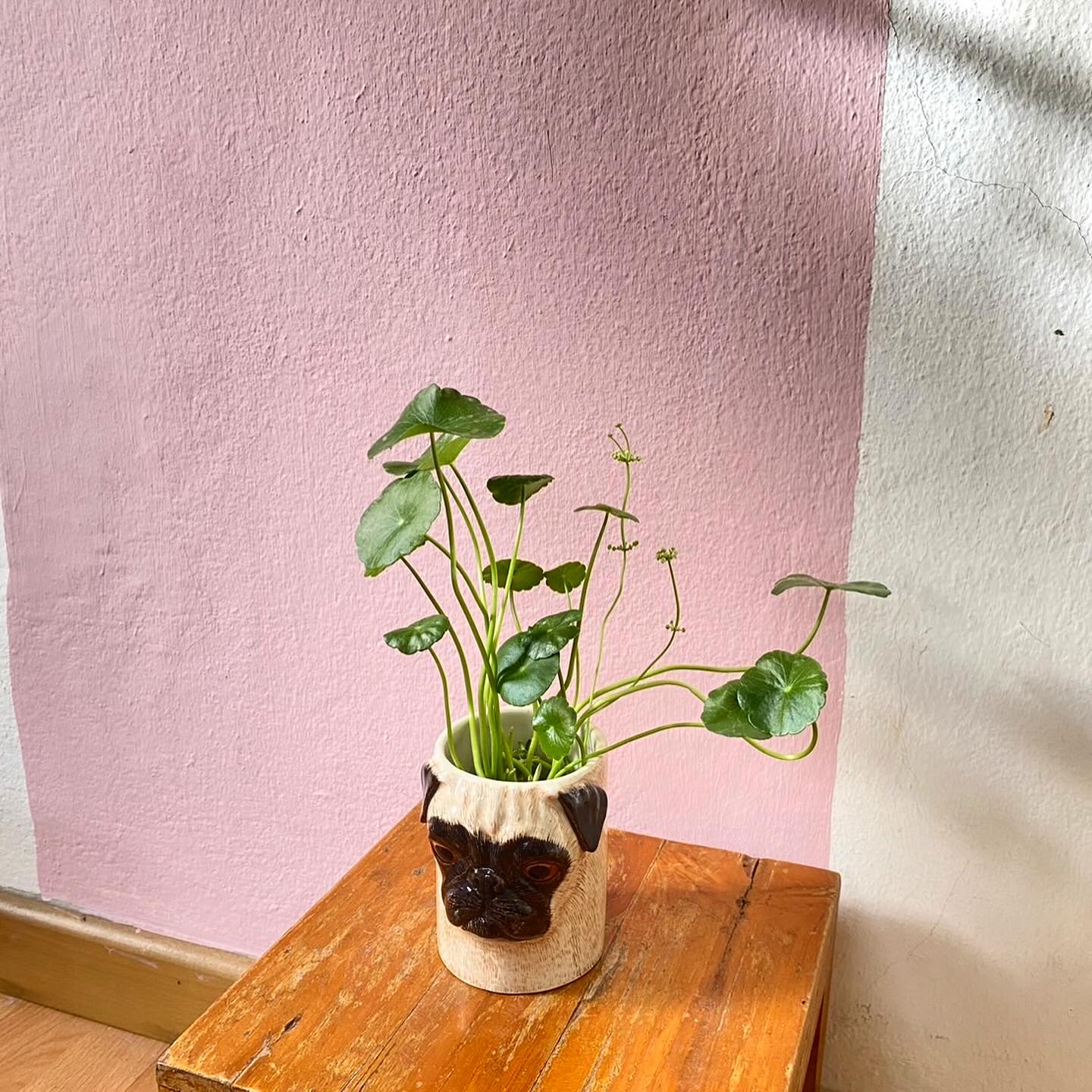
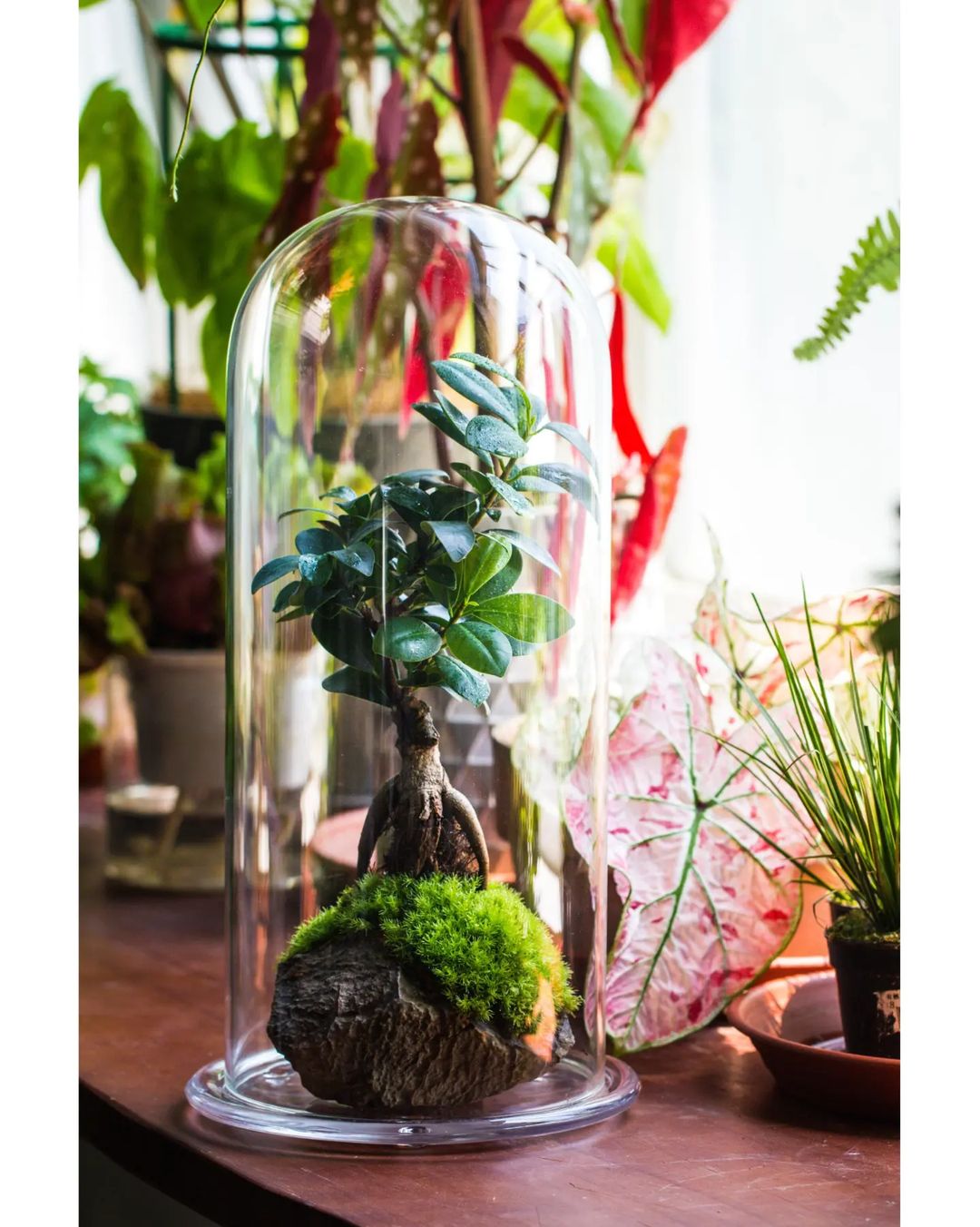

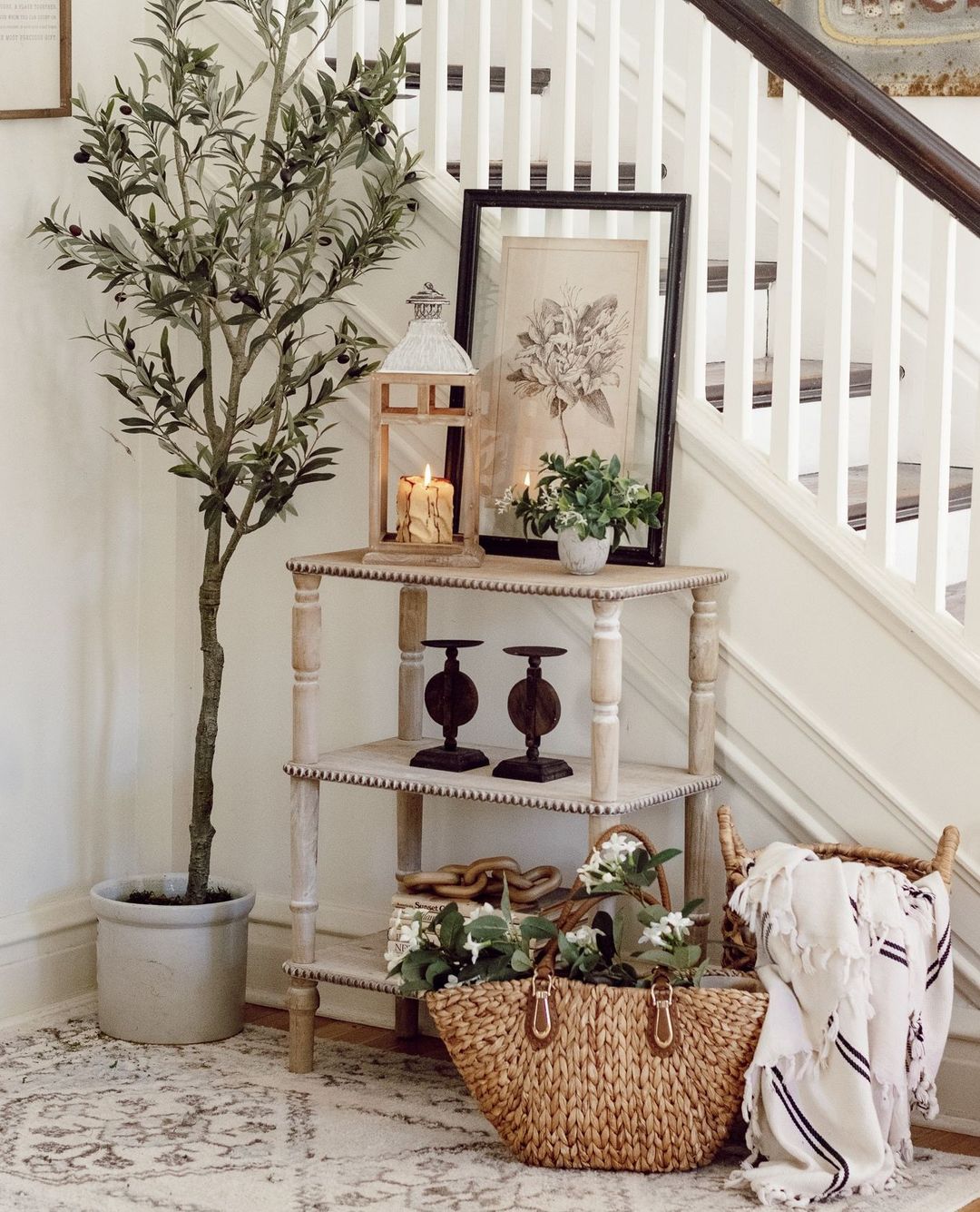
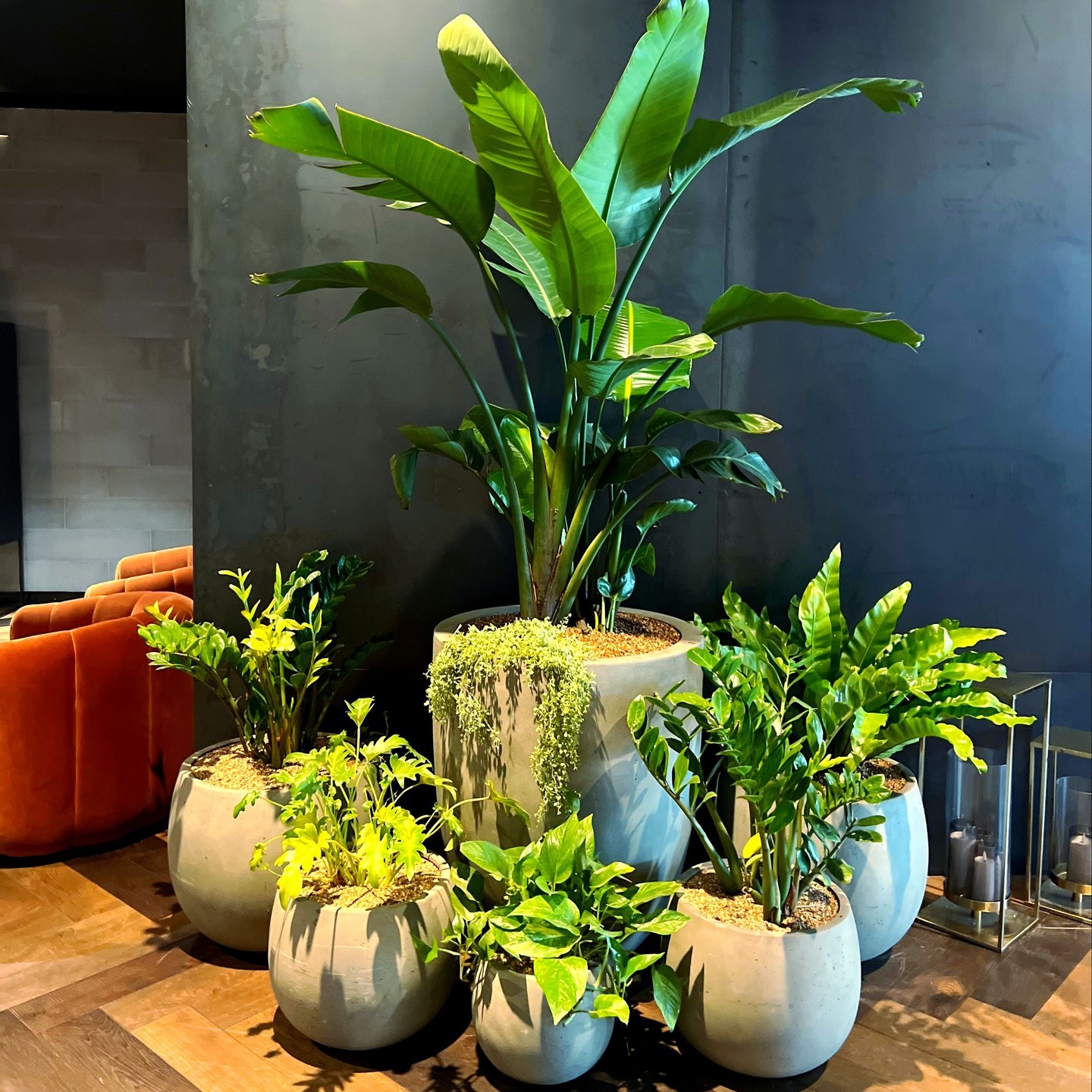
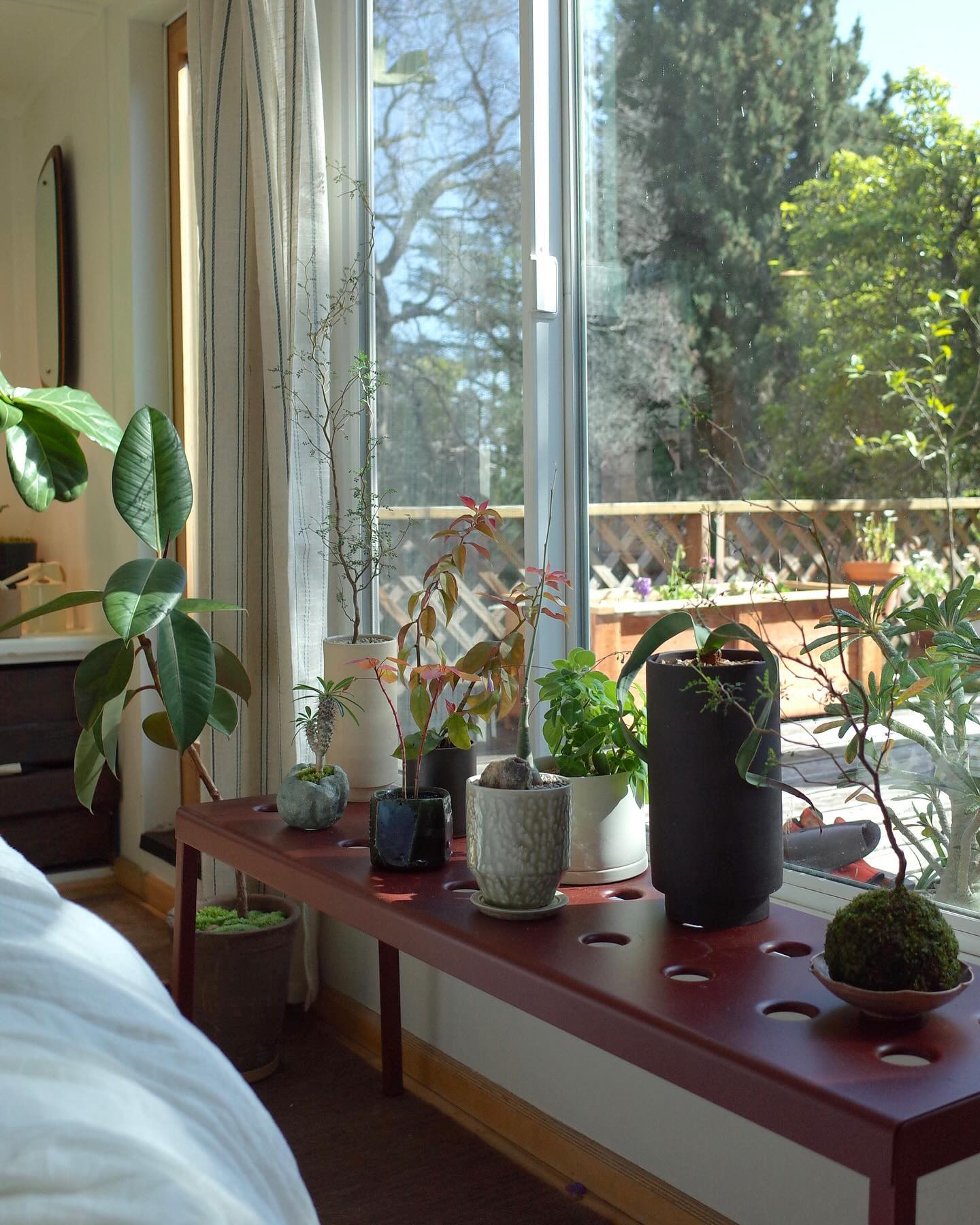
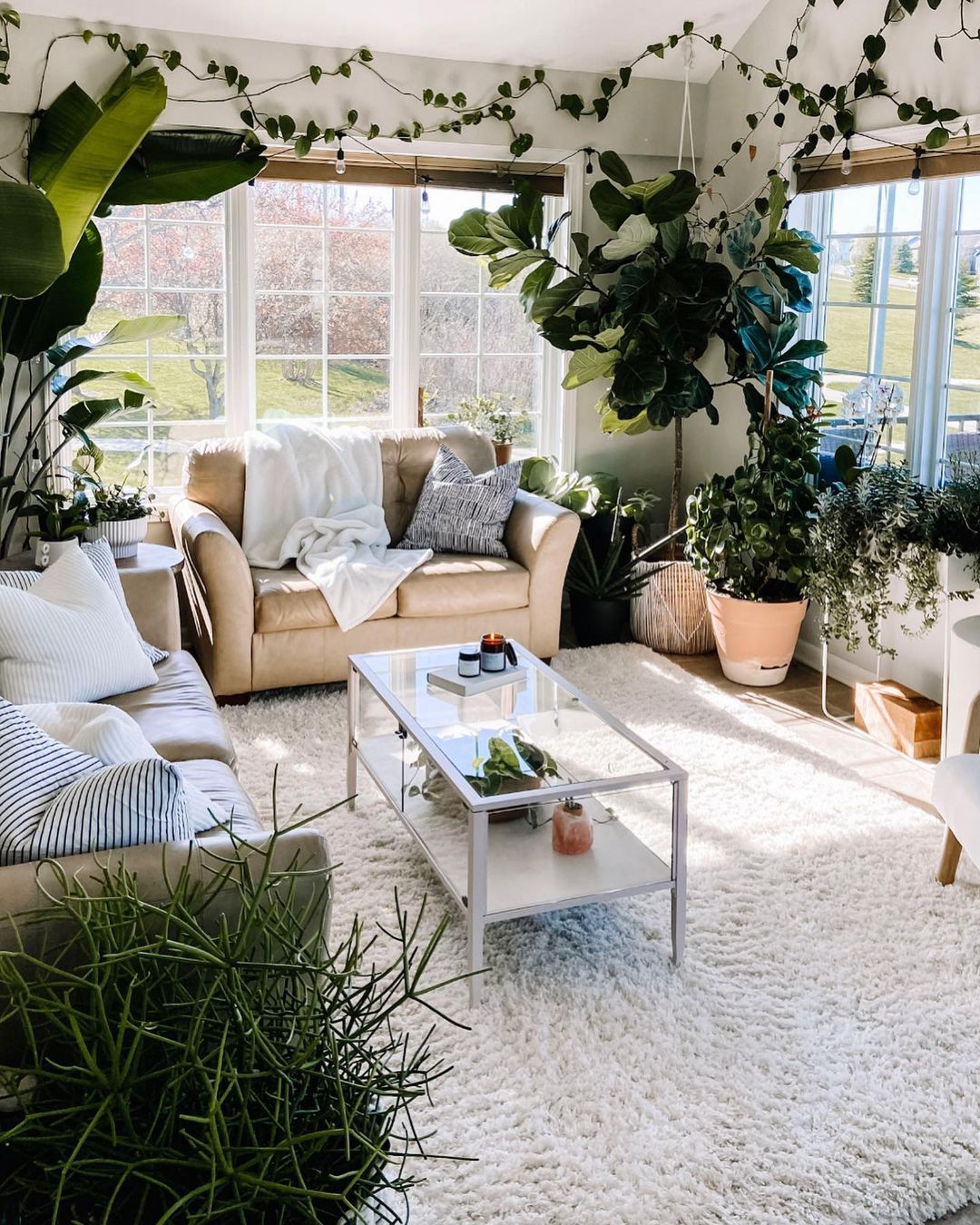
Comments